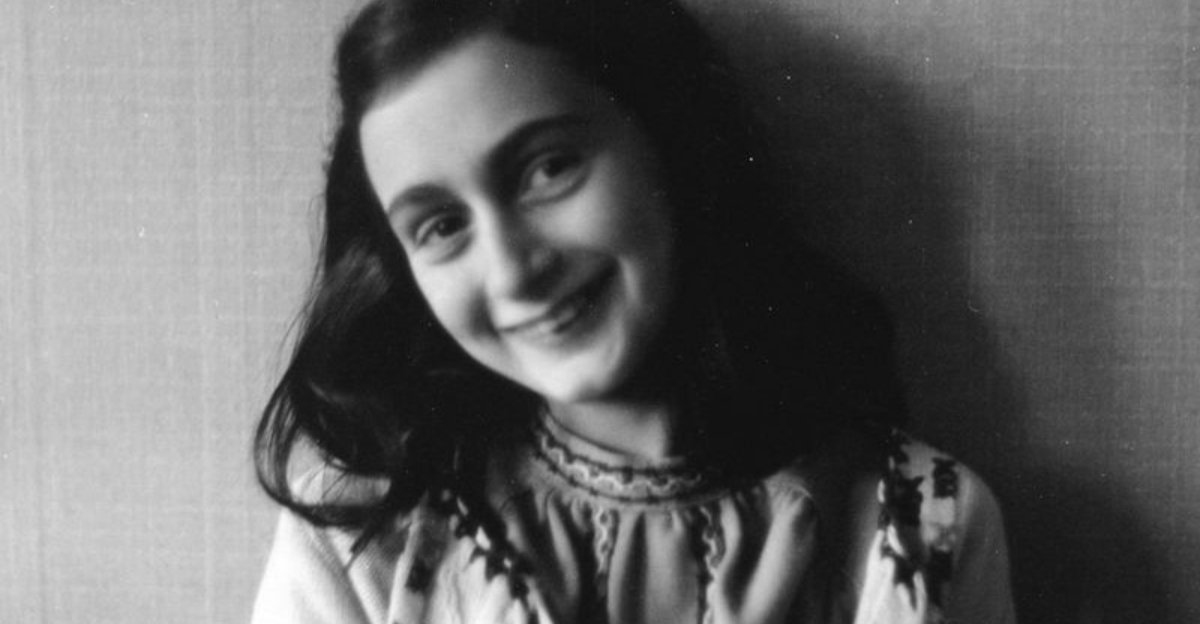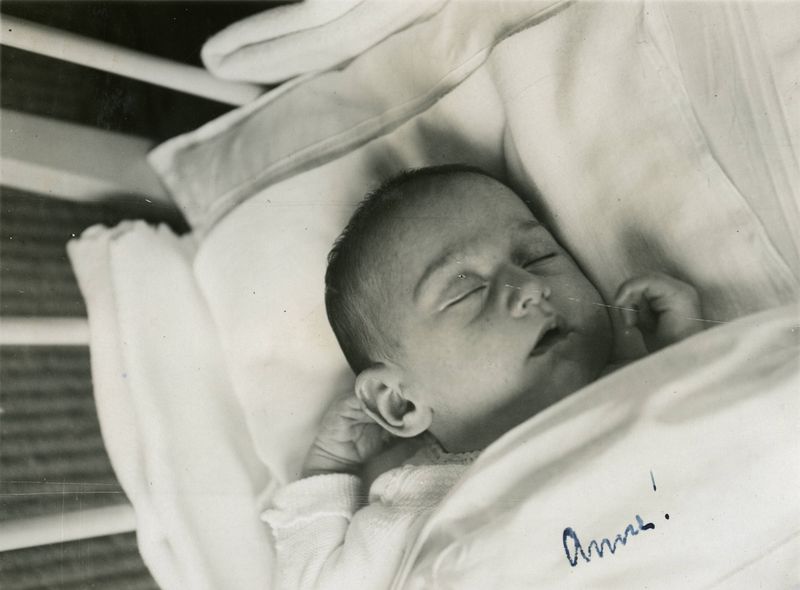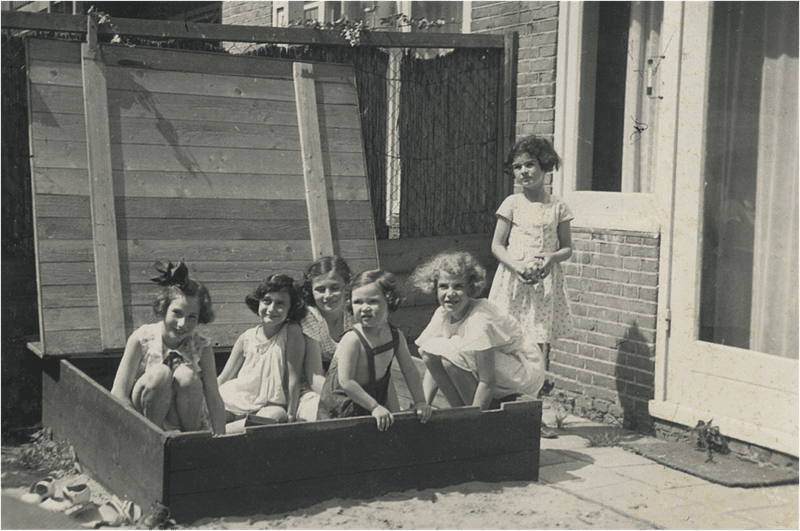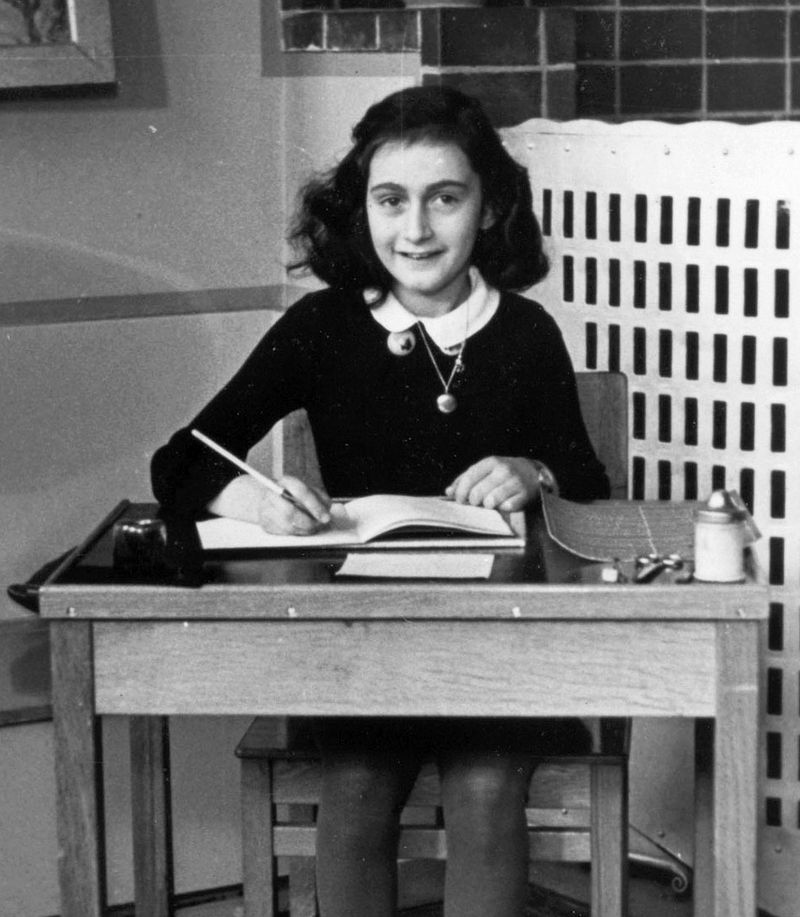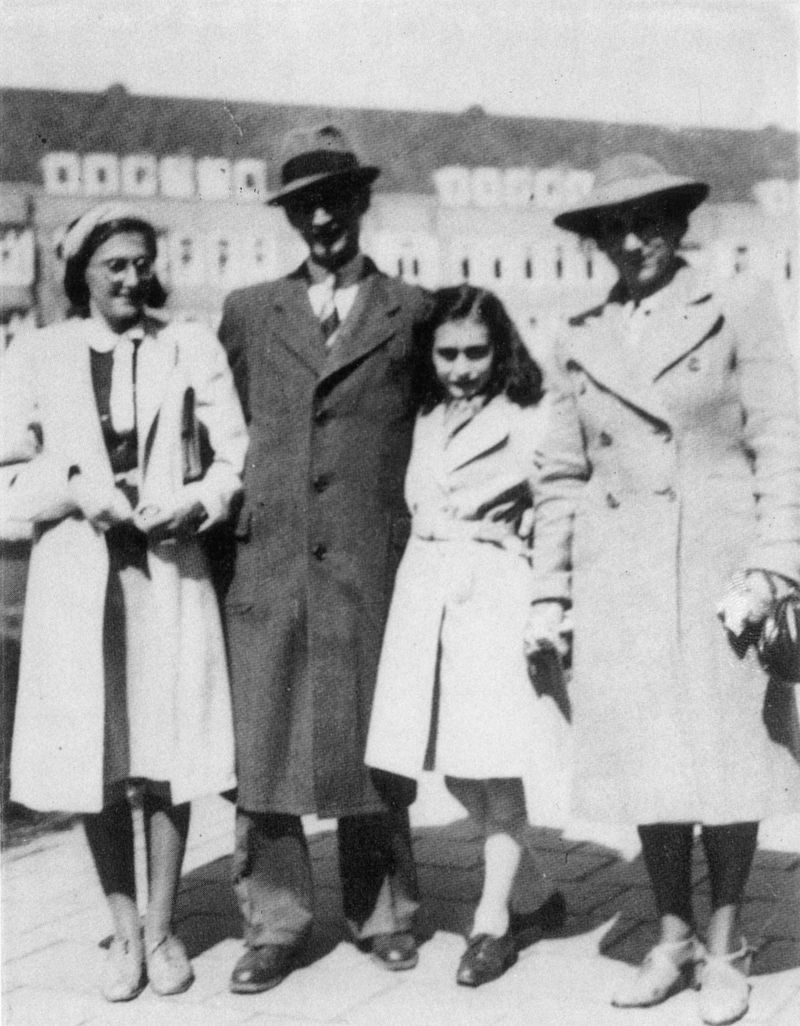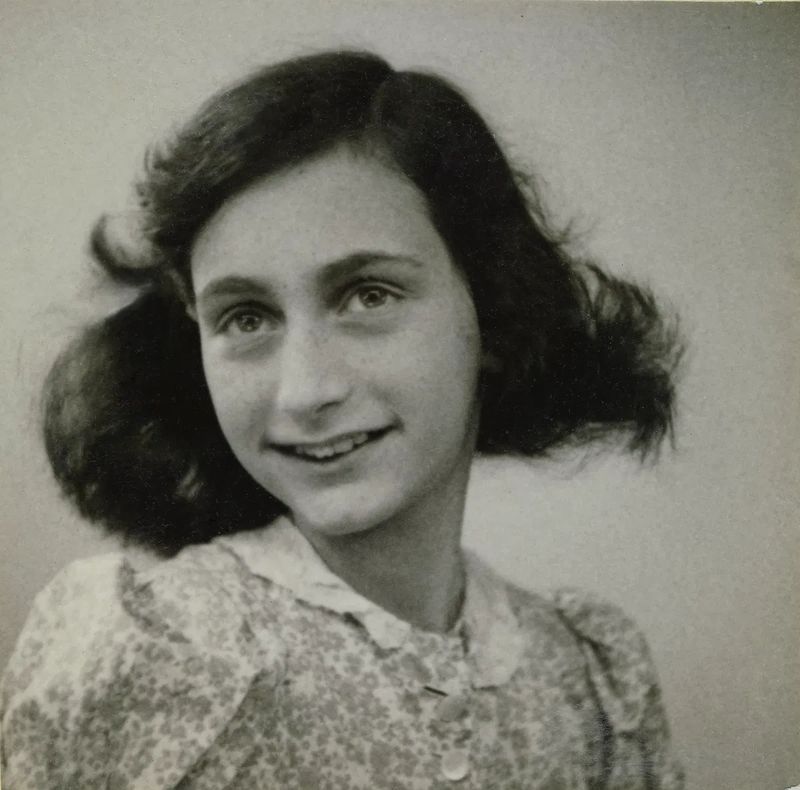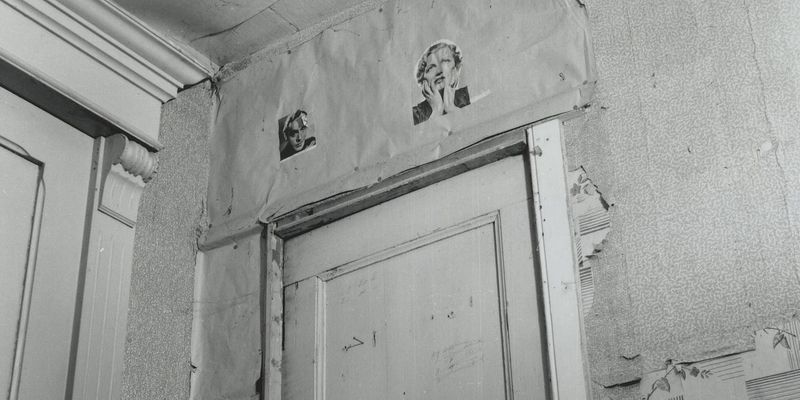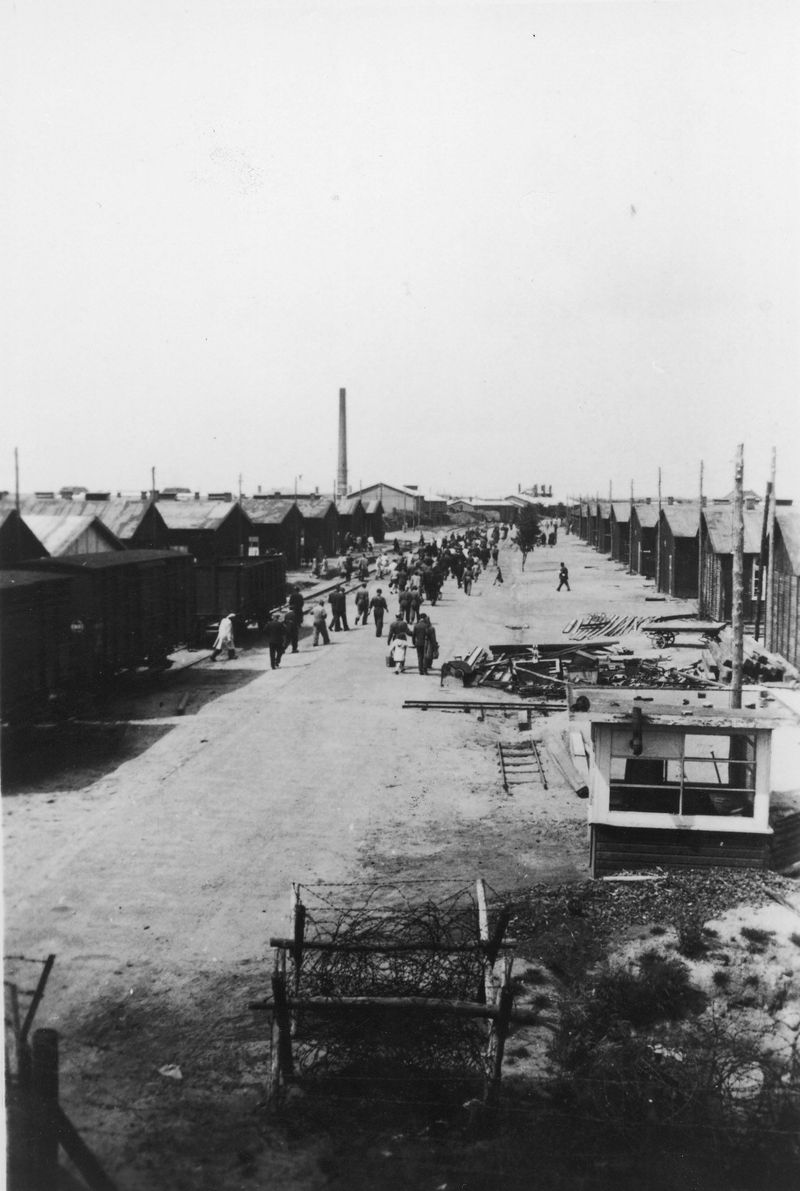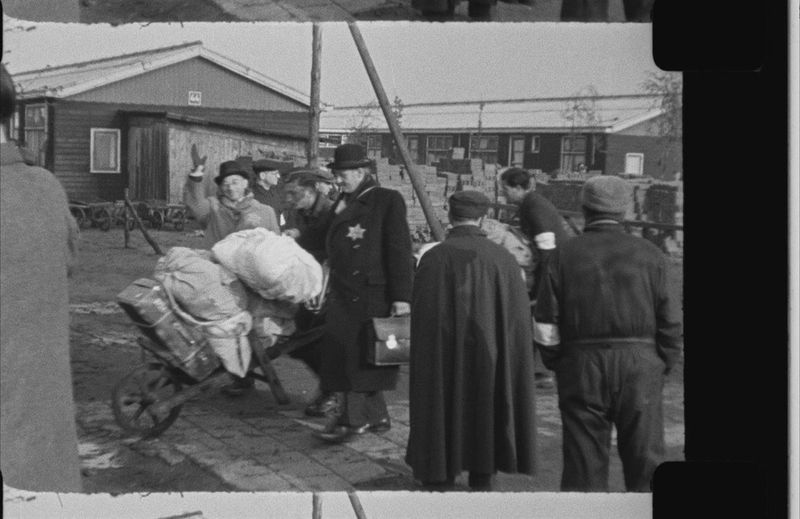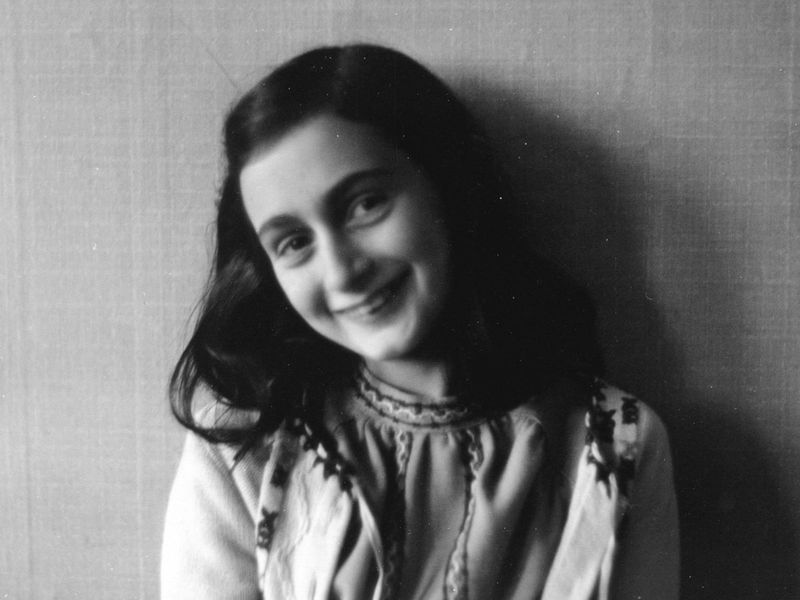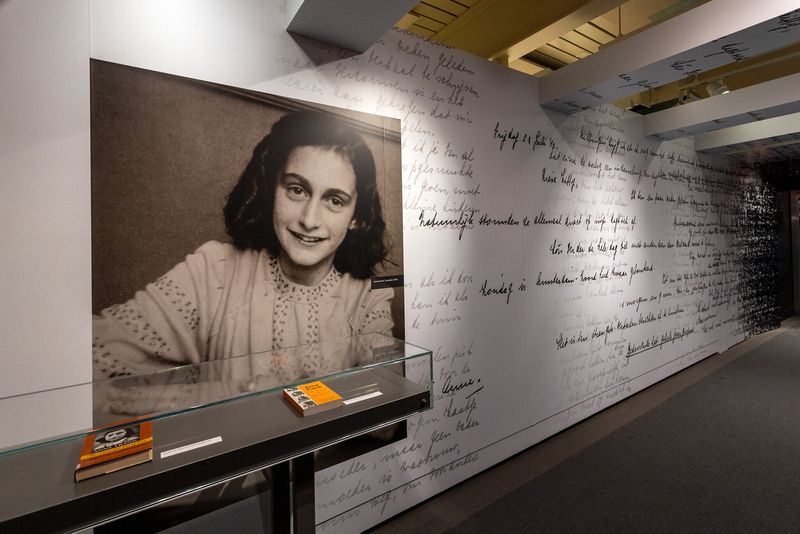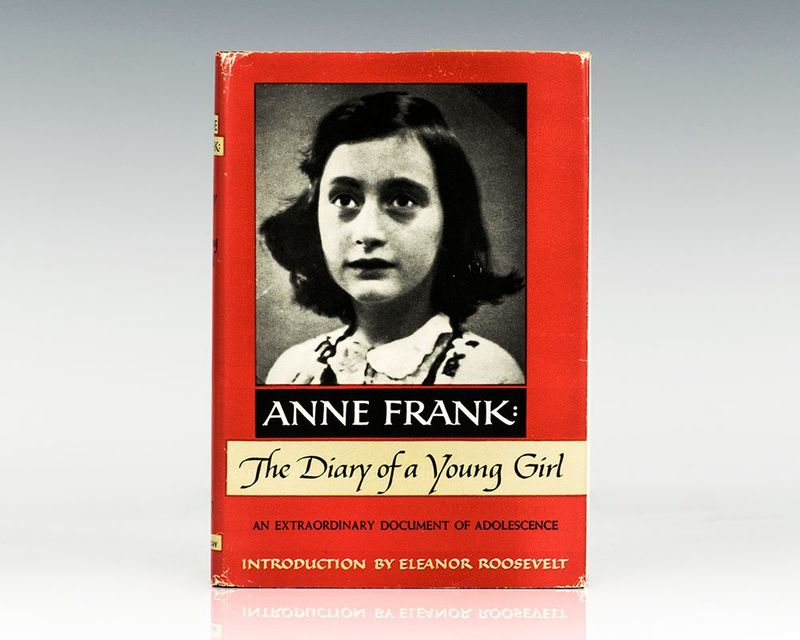Anne Frank’s face has become one of the most recognizable symbols of the Holocaust. Through family photographs and historical images, we can trace her short life from a happy child to a persecuted teenager in hiding. These images help us understand the real girl behind the famous diary that touched millions of hearts worldwide.
1. Birth and Stateless Beginnings (1929–1934)
On 12 June 1929, Annelies Marie “Anne” Frank was born at the Maingau Red Cross Clinic in Frankfurt, Germany, to Otto and Edith Frank, members of an assimilated Jewish family in the Poets’ Quarter of the city
2. Childhood Snapshots in Amsterdam (1934–1938)
Four-year-old Anne Frank arrived in Amsterdam in February 1934 to join her parents and sister. In these years, Anne enjoyed bike rides, school projects, and family outings, living a relatively carefree childhood under her parents’ protective care even as antisemitic violence escalated abroad.
3. Montessori School (1940)
She enrolled at the Sixth Montessori School, where she struggled with Dutch at first—crying and clinging to the doorway on her first day—but soon blossomed in its open, creative environment and formed lifelong friendships with classmates like Hannah Pick-Goslar and Sanne Ledermann
4. Family Pre-Hiding (Early 1942)
By early 1942, Otto and Edith Frank were raising their daughters Margot (16) and Anne (13) in a comfortable apartment at 37 Merwedeplein in Amsterdam, even as anti-Jewish measures steadily tightened and Anne received her diary for her birthday on June 12 that year.
5. Official Passport Photograph (May 1942)
Taken in May 1942 for her family’s passport application. This identity document, required by occupying authorities, would soon become useless as the family prepared to vanish from official existence. Anne’s expression reveals nothing of her inner thoughts about the frightening future ahead.
6. Secret Annex Picture Walls (1942–1944)
Between 1942 and 1944, Anne Frank and the other occupants of the Secret Annex transformed its bare, gray walls into a bright, comforting refuge by plastering them with hundreds of cut-out pictures. Drawn from magazines, newspapers, and postcards, these collages featured Hollywood stars (like Marlene Dietrich and Rita Hayworth), pastoral landscapes, fashion illustrations and scenes of everyday life.
7. Westerbork Transit Camp (August 1944)
On 8 August 1944, following their arrest in Amsterdam, Anne Frank and the seven others hiding in the Secret Annex were taken by police-guarded streetcar to Westerbork transit camp, where they were housed in the camp’s prisoner barracks. They remained detained there until 3 September 1944, when they were deported onward to Auschwitz-Birkenau.
8. Final Transport to Auschwitz (September 3 1944)
On September 3, 1944, Anne Frank and her sister Margot were among approximately 1,019 prisoners loaded onto a sealed freight train at the Westerbork transit camp in the Netherlands. After a three-day journey in cramped, inhumane conditions, they arrived at Auschwitz-Birkenau on September 6th.
9. Absence of Auschwitz/Bergen-Belsen Photos
On November 1, 1944, she and her sister Margot were moved to Bergen-Belsen, where appalling overcrowding, starvation, and typhus outbreaks raged. Anne succumbed to typhus in early 1945—Dutch authorities later set her official date of death as March 31, 1945—a few weeks before the camp’s liberation.
10. Recovery and Exhibition (Post-1945)
After the war, helper Miep Gies handed Otto Frank his daughter’s preserved diaries in July 1945, and he arranged for their first publication as Het Achterhuis in 1947, bringing Anne’s voice to the world. In 1960 the Secret Annex was opened as the Anne Frank House in Amsterdam, and its rooms have since been meticulously recreated for traveling exhibitions.
11. Diary Cover Iconography (1947–Present)
The Diary of a Young Girl by Anne Frank is the poignant, firsthand account of a Jewish teenager’s life in hiding during the Nazi occupation of the Netherlands. Written between June 1942 and August 1944 while Anne and her family concealed themselves in an Amsterdam attic, the diary captures her hopes, fears, and fierce spirit against the backdrop of war and persecution.
